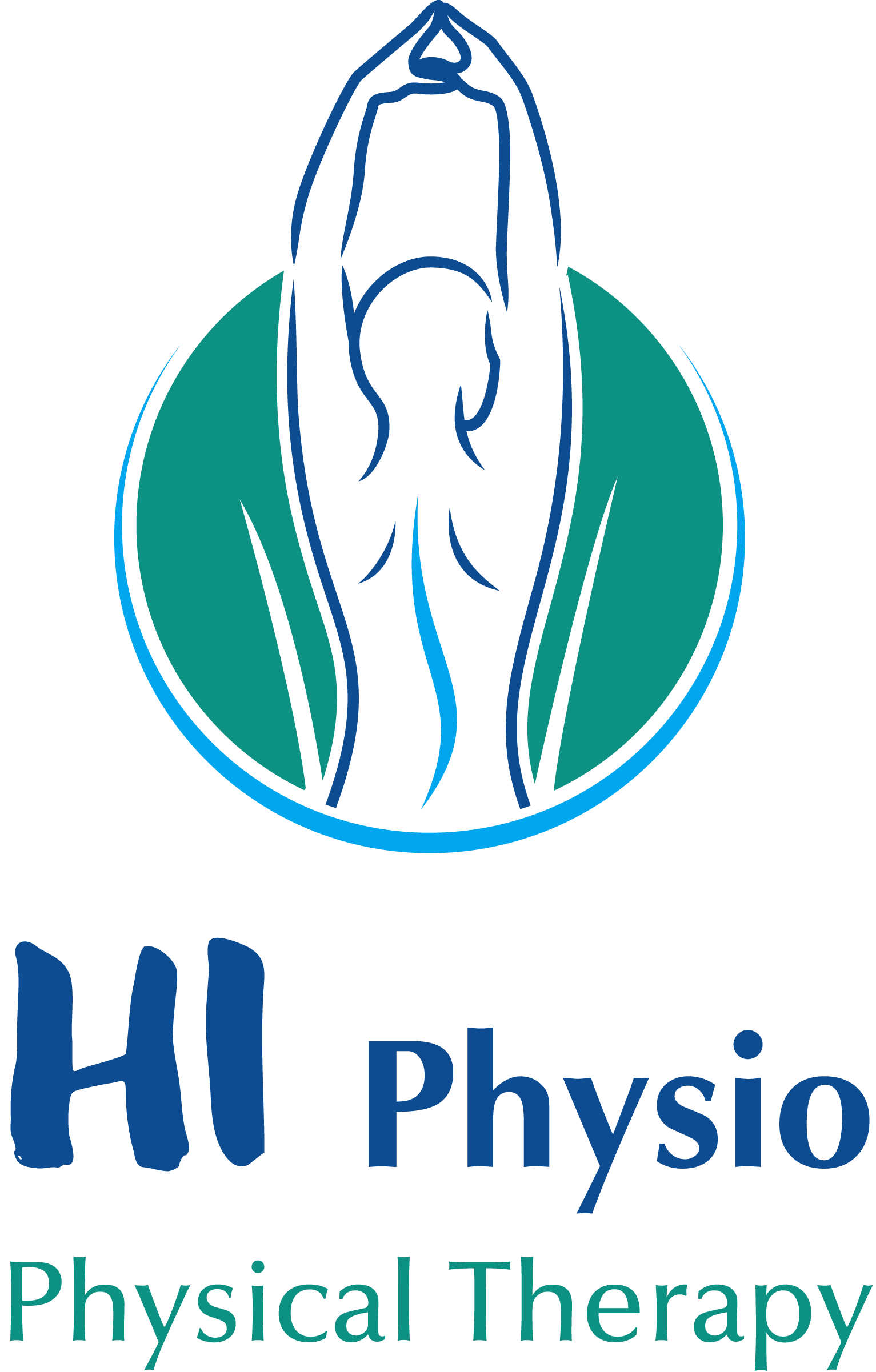MRI and X-Ray Often Worse than Useless for Back Pain
Don’t get me wrong, MRIs are crucial medically and clinically. And for your back (or neck) pain, you SHOULD contact your doctor and possibly get an MRI if:
Pain involves a child or adolescent spine
Pain is due to an accident or trauma
Accompanied by sudden and/or severe limb pain
Accompanied by sudden limb weakness or paralysis (skip the doc and go straight to the ER)
Other than that, maybe try physical therapy first??
Medical guidelines “strongly” discourage the use of MRI and X-ray in diagnosing low back pain, because they produce so many false alarms
When it comes to diagnosing most back pain, MRI machines are like Monty Python’s medical machinery that goes “bing.”For back pain, MRI and X-ray are medical machines that make false alarms.
MRI is a miracle technology, no doubt about it — the ability to get clear images of soft tissues deep inside the body is valuable, and extremely tempting for everyone involved. When it’s actually needed, MRI is great.
But it’s not needed anywhere near as much as it is actually used, and it’s especially not needed for most low back pain! Low back pain experts have long understood that you simply cannot reliably diagnose low back pain either with MRI, or with X-ray — and trying reliably raises false alarms that actually do harm. So they are actually often worse than useless.
Wise and sparing use of MRI is fine. But the overuse and abuse of MRI is a disaster of over-medicalization.
It’s official, and it has been for years
The lameness of MRI point was pointed out firmly by the American College of Physicians and the American Pain Society in their 2007 guidelines for the management of low back pain.
Bizarrely, that message has not yet reached many therapists and doctors. Scientific journals are still publishing (and re-publishing) guidelines like these — perhaps eventually the message will get through!
The most important recommendation was that doctors should avoid giving people X-rays and MRI unless the clinical situation is really rather bad, such as severe and persistent neurological symptoms. The authors labelled this recommendation “strong,” and believe the evidence to support it is “moderate.”
I think that the recommendation should now be “stronger than strong, very strong, really extremely strong,” and the evidence supporting it can be considered “bullet proof.” Consider the results of a major 2015 review by Brinjikji et al: signs of degeneration are present in very high percentages of healthy people with no problem at all. “Many imaging-based degenerative features are likely part of normal aging and unassociated with pain.”
What’s the big deal? Why is it so important to actually avoid using X-ray and MRI to diagnose back pain?
No one wants a false alarm, but what’s the big deal about some diagnostic red herrings? It’s a worse problem than you might think in (at least) two major ways …
First, X-rays and MRIs genuinely spook people! It strongly reinforces the idea that something might is broken or crooked, a common and extremely misguided idea about back pain (and many, many other problems). And nothing is worse for back pain than fear. Fear is the “back killer.”
Second, X-rays and MRIs often simply fail to clarify the situation, or actually muddy the diagnostic waters. A mountain of scientific evidence clearly suggests that back pain correlates really, really badly with these test results. Many people with no pain have all kinds of things “wrong” with their backs, and vice versa. Many problems revealed by scans that seem like “obvious” problems are not. For instance, not only do at least half of “slipped” discs return to where they belong just fine on their own, but it’s actually the worst ones that are the most likely to resolve on their own. And so the diagnosis and treatment often goes spinning off in the wrong direction. This is a major part of the reason why there are such scary statistics about the economic costs of back pain.
There are exceptions — sometimes imaging finds something important — and that’s why these tests can be appropriate for some kinds of severe and persistent low back pain. But it’s just a generally lousy way to try to figure out why your back hurts.
Consider what happened when researchers tried to diagnose using only MRI — no clinical information about the patient. They looked for patients with stenosis — spinal canal narrowing — based on the assumption that stenosis is probably almost always painful. They failed, because so few patients with that kind of pain actually had narrowed spinal canals! And so many who actually did have narrow canals didn’t have any pain.
Or consider the 2016 experiment that sent the same woman with back pain and sciatica to ten different MRI facilities, producing such a variety of conflicting diagnoses that it would be laughable if it weren’t so tragic.
Yet it is still routine for me to see patients who have been X-rayed by their chiropractors and MRI-ed by their doctors in the early stages of back pain!
If you get back pain, and someone tries to beam rays through you prematurely, just say, “Thanks, but no thanks. The American Pain Society says it isn’t necessary unless I can’t feel my legs.”
Have you got chronic back pain? Visit my advanced patient tutorial, Save Yourself from Low Back Pain! Or for an interesting philosophical discussion of the general problem, see my article, Your Back Is Not Out of Alignment.
Source: https://www.painscience.com/articles/mri-and-x-ray-almost-useless-for-back-pain.php
